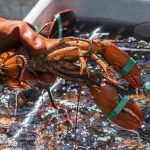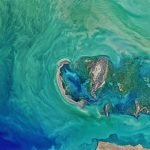Metaphors are language devises we use to create a picture that explains something by referring to something else. For example, the phrase “an ocean of ideas,” uses the word “ocean,” with the hope that
Metaphors are language devises we use to create a picture that explains something by referring to something else. For example, the phrase “an ocean of ideas,” uses the word “ocean,” with the hope that




